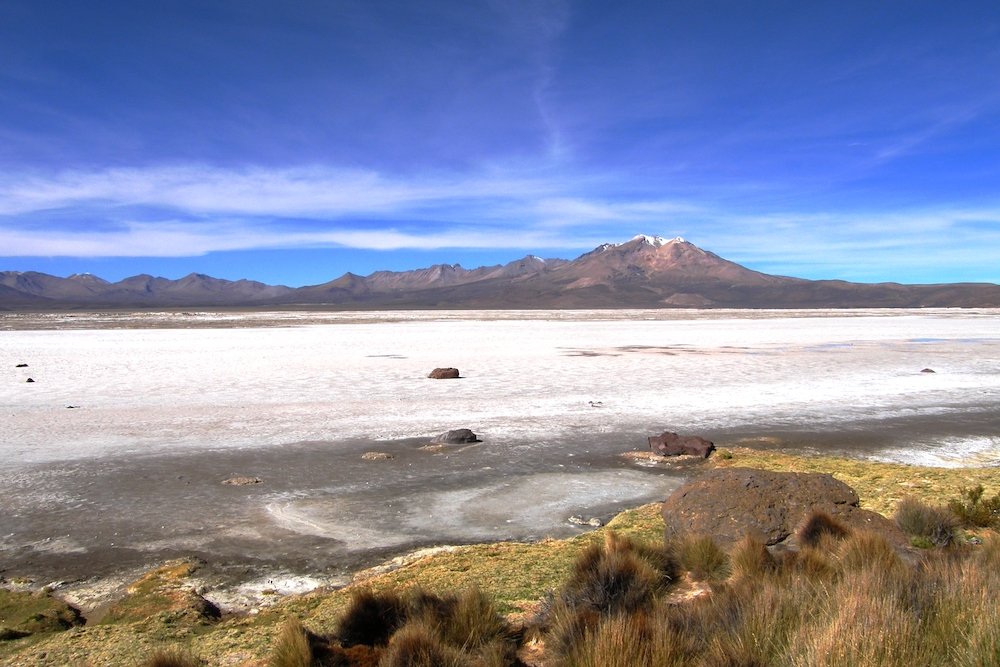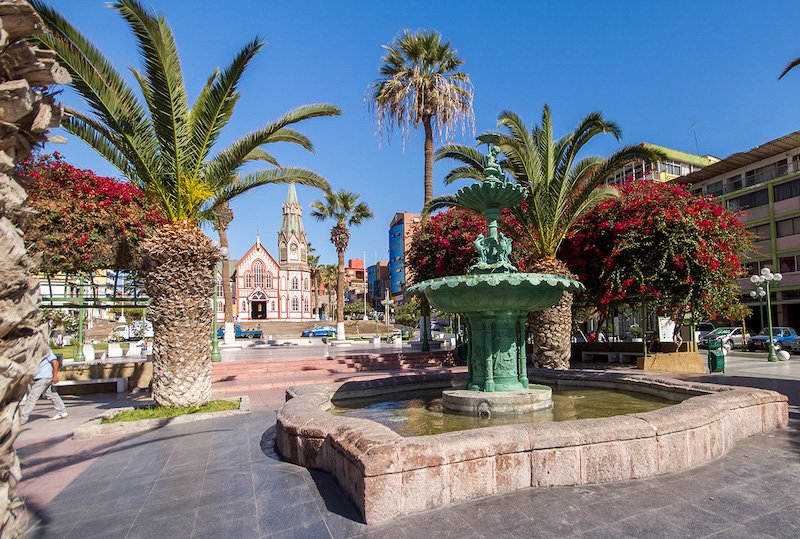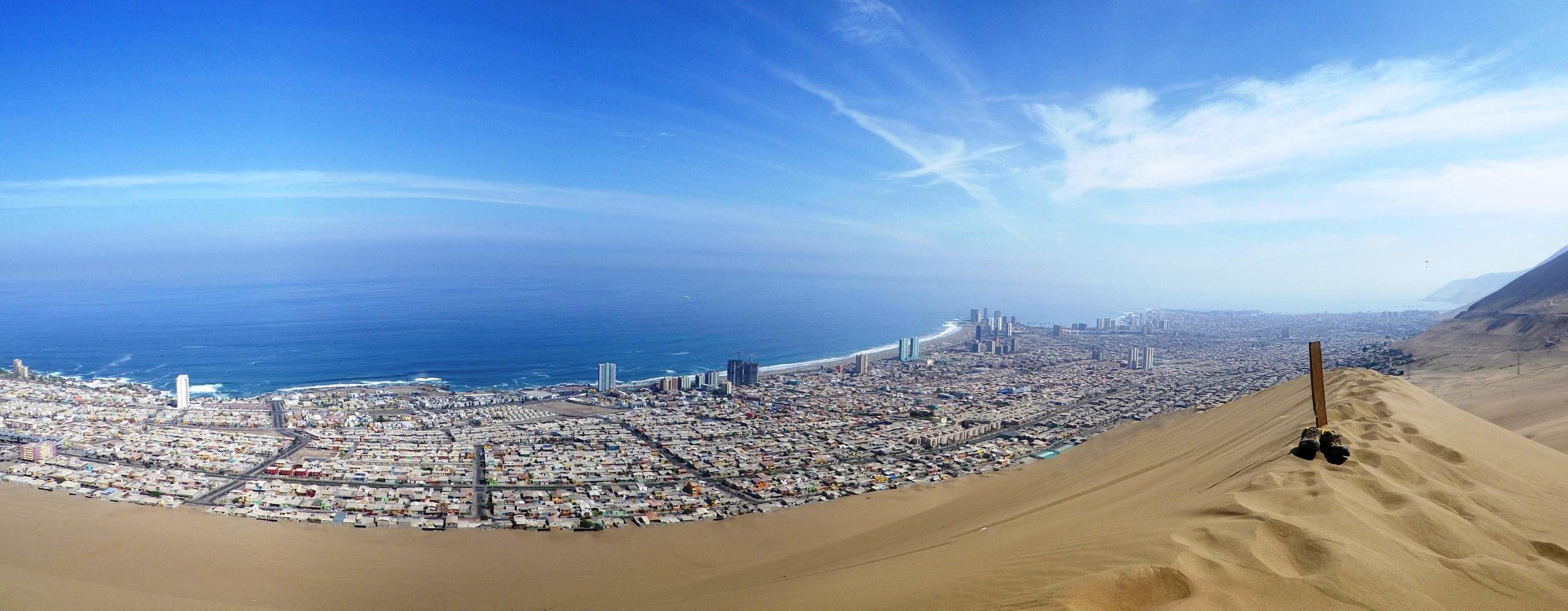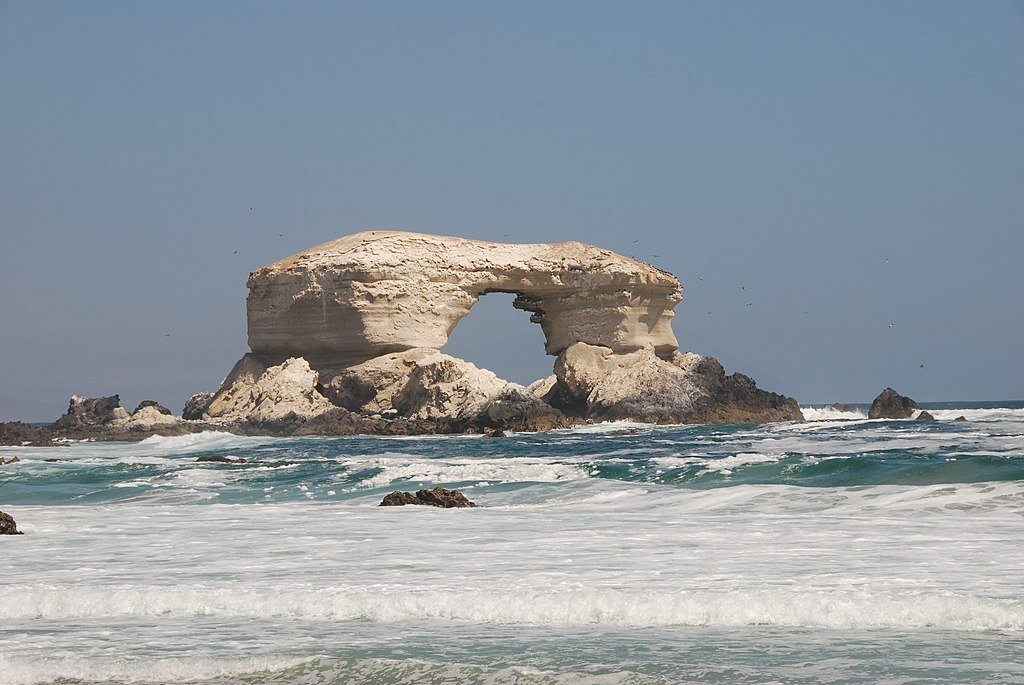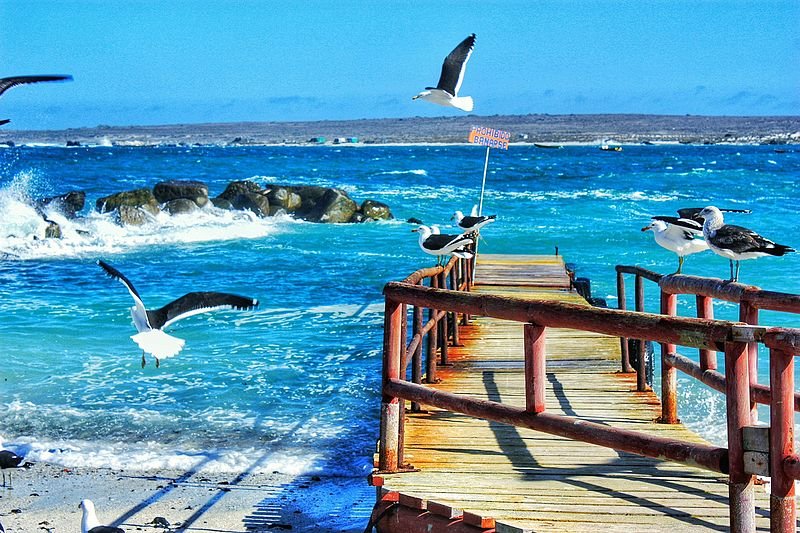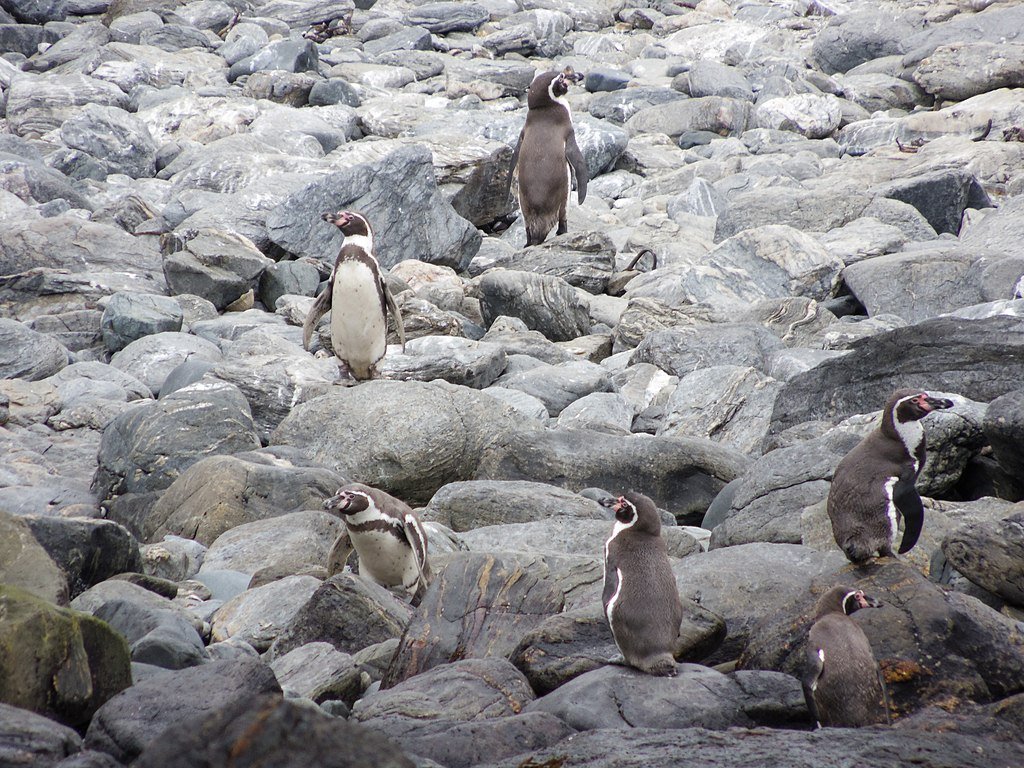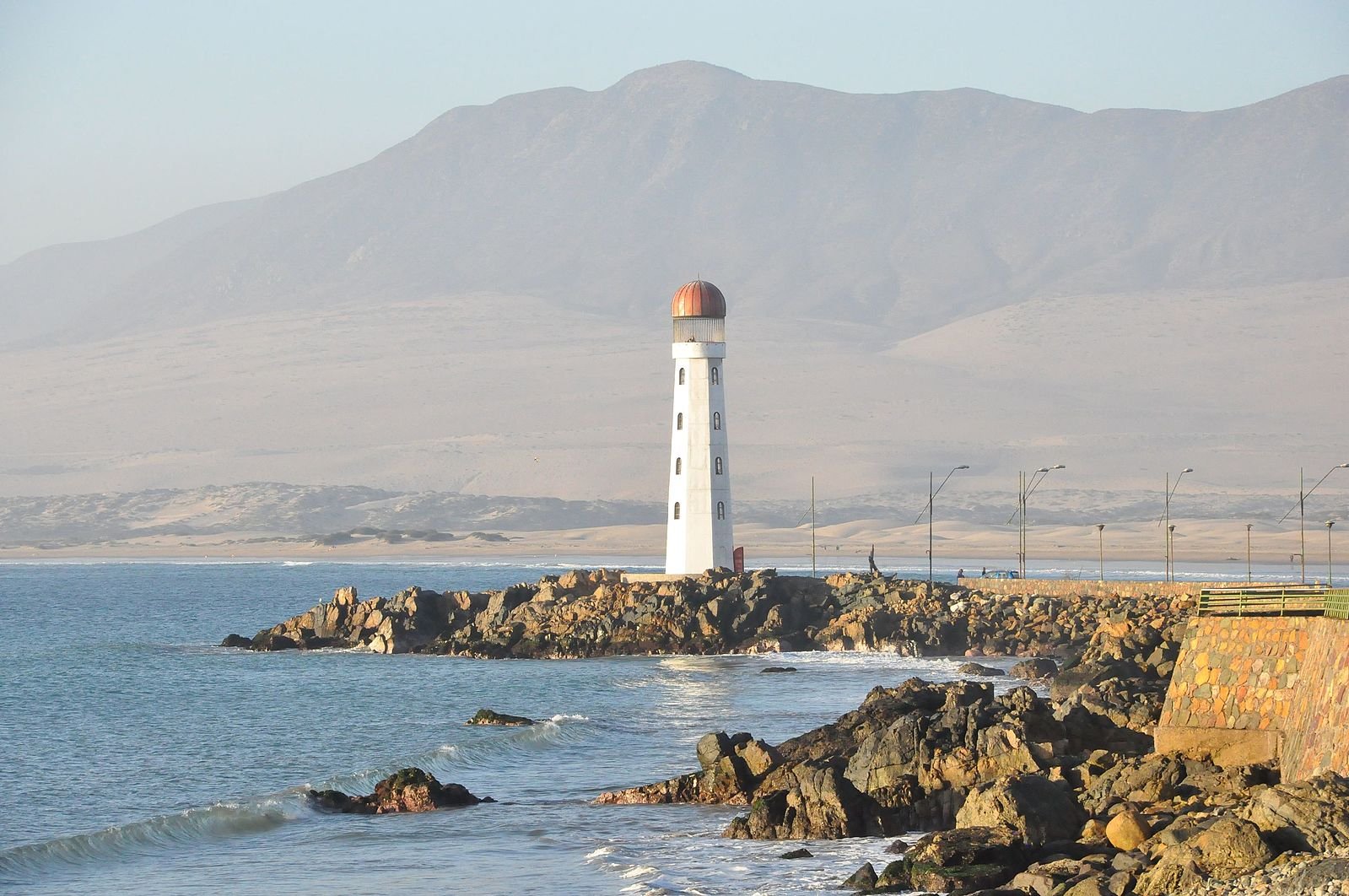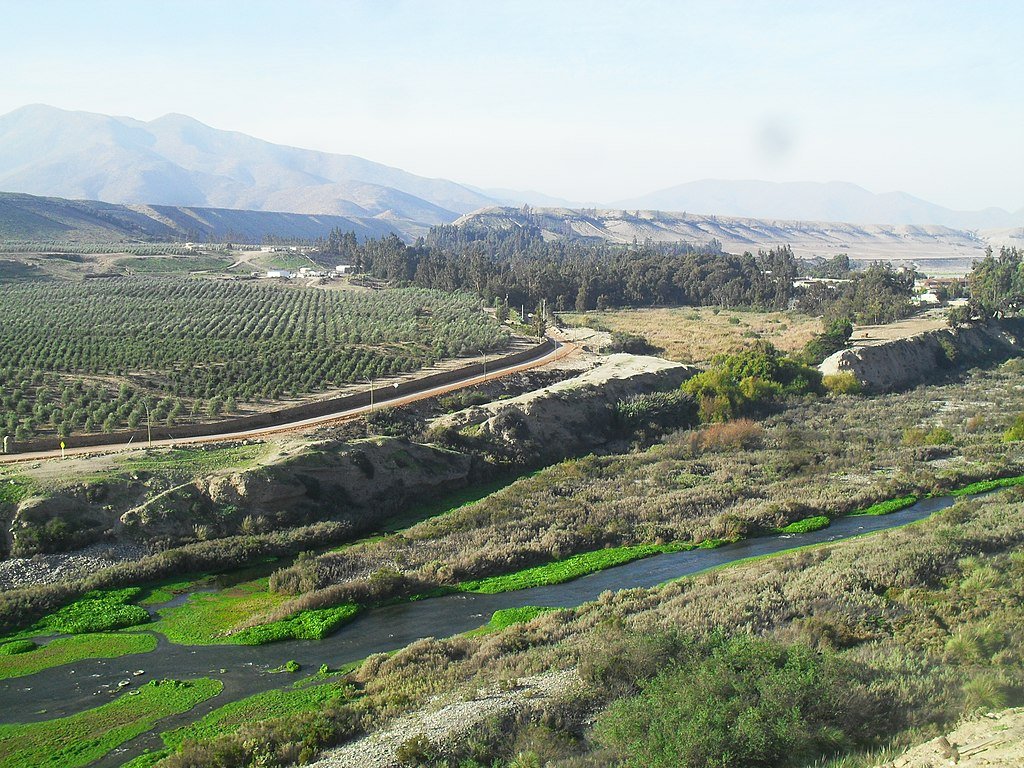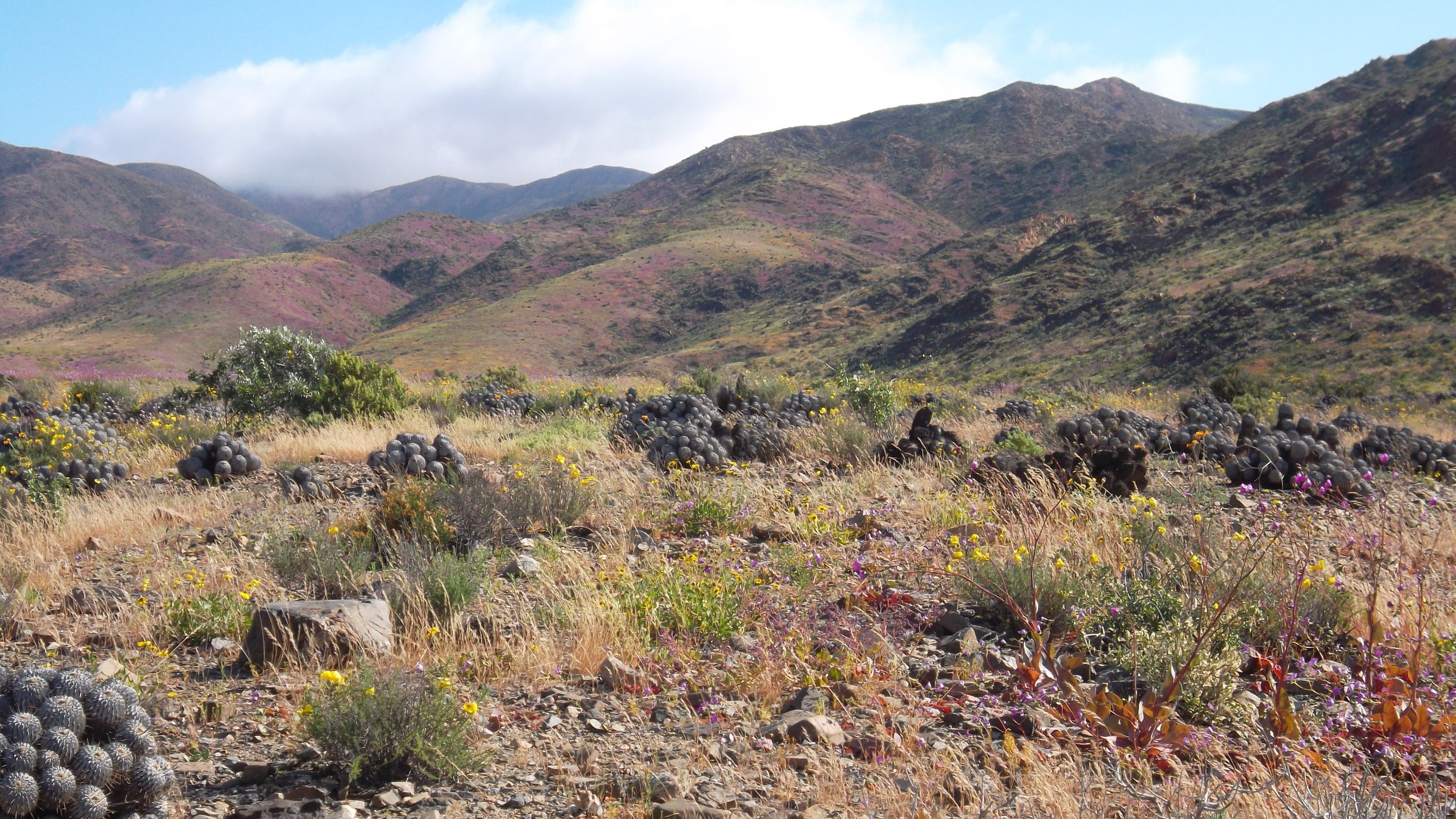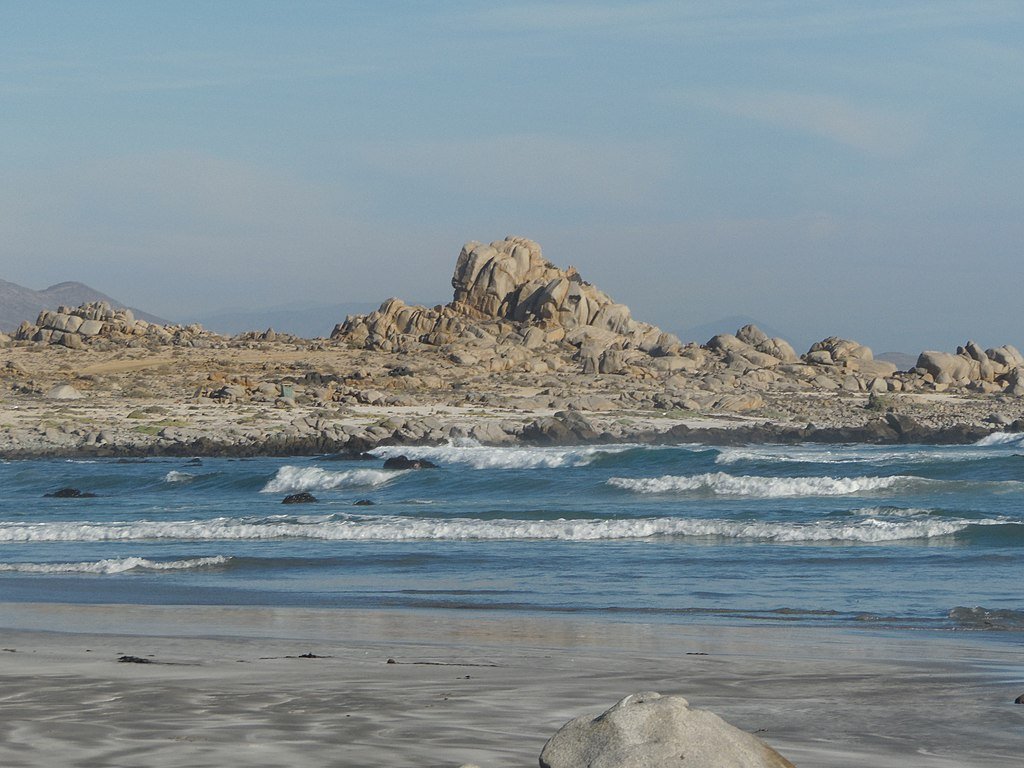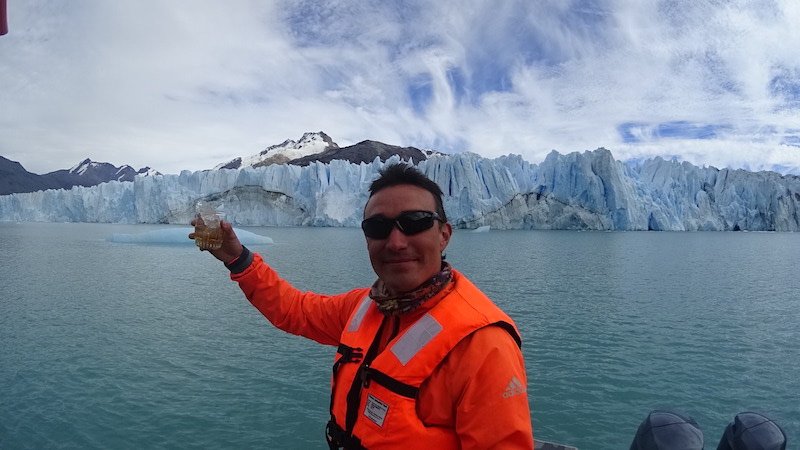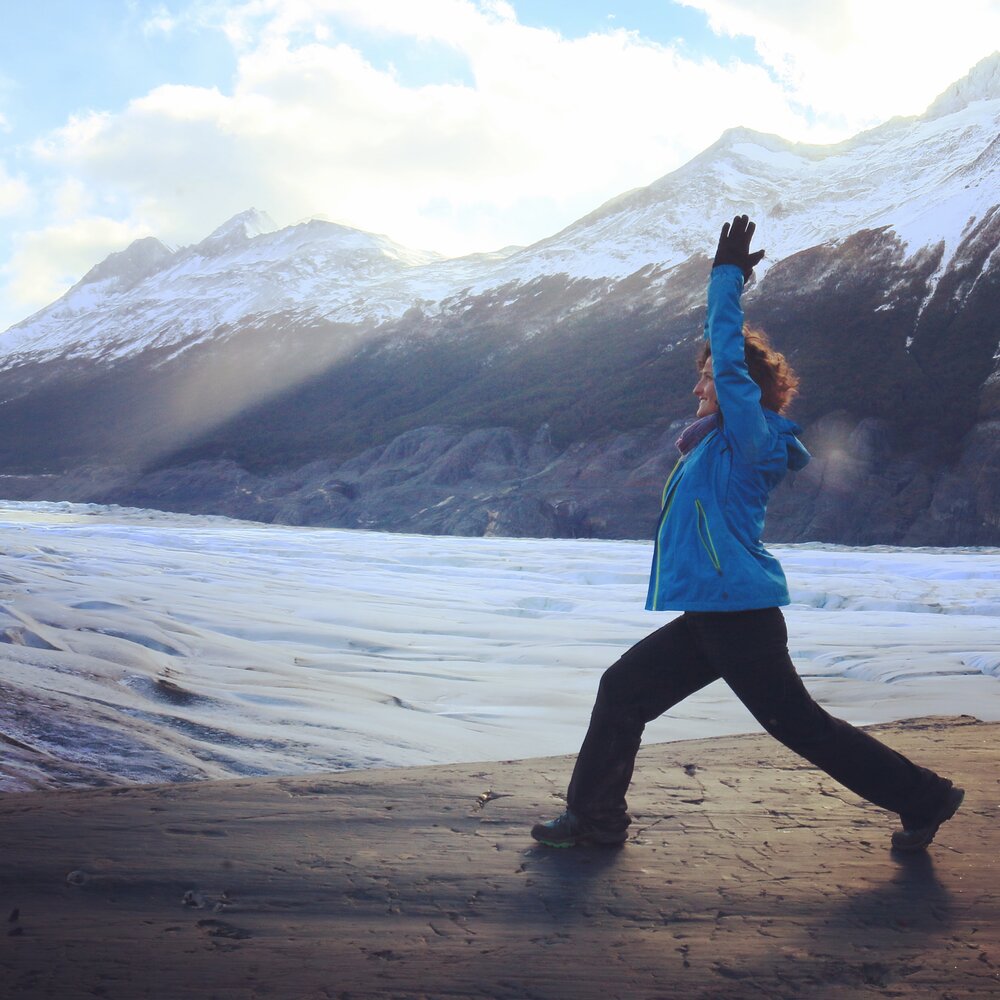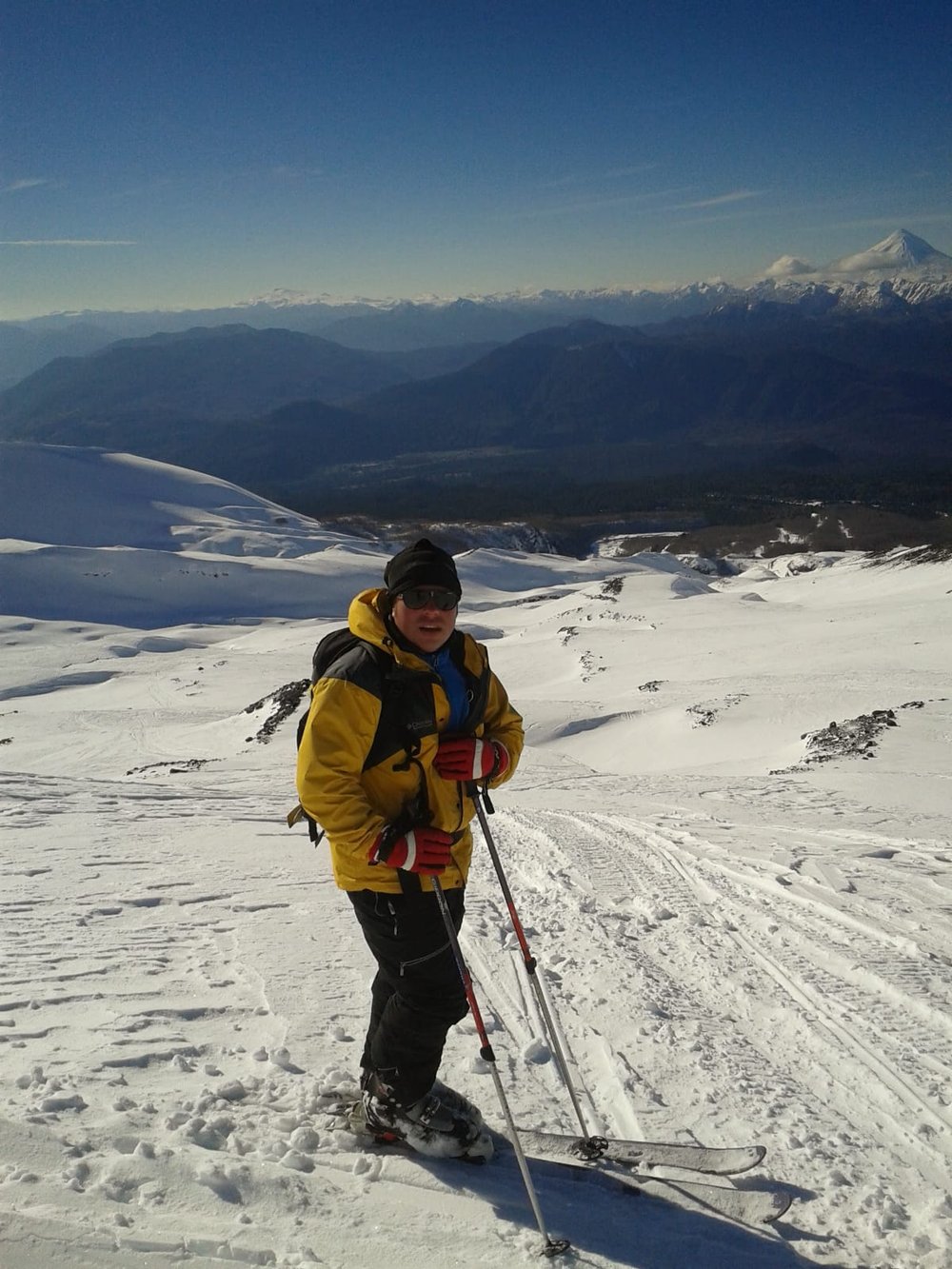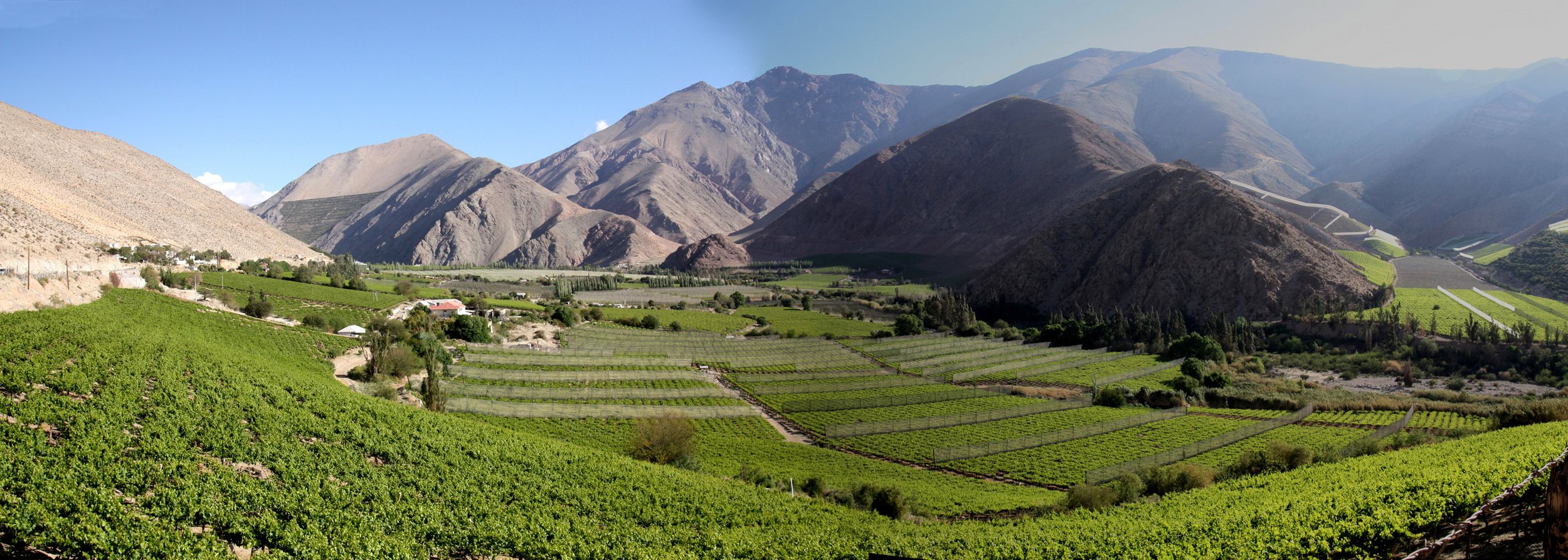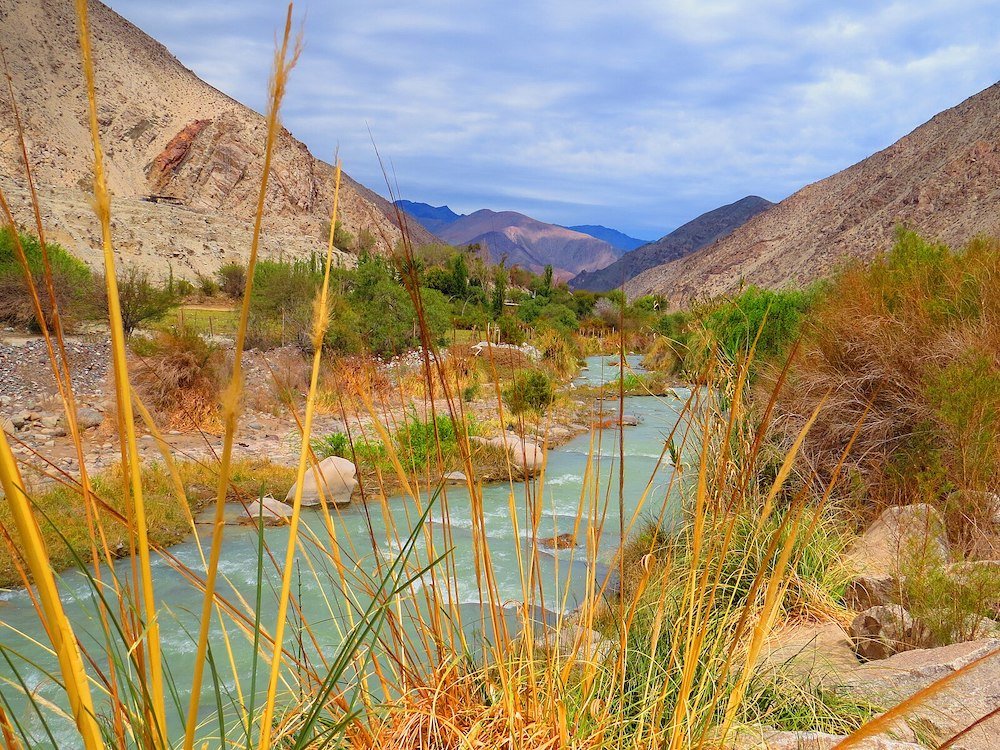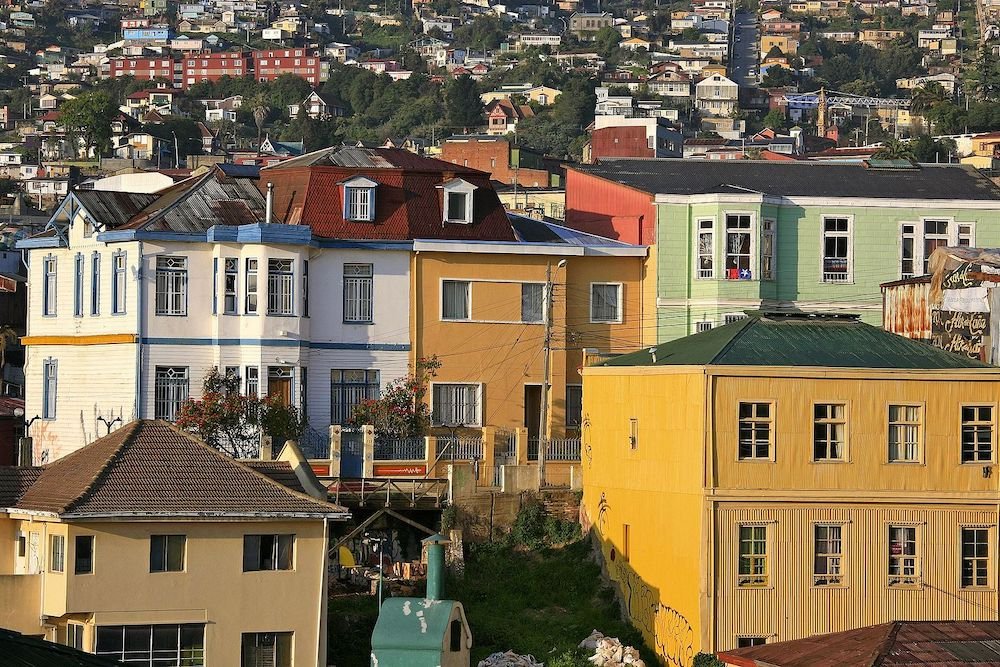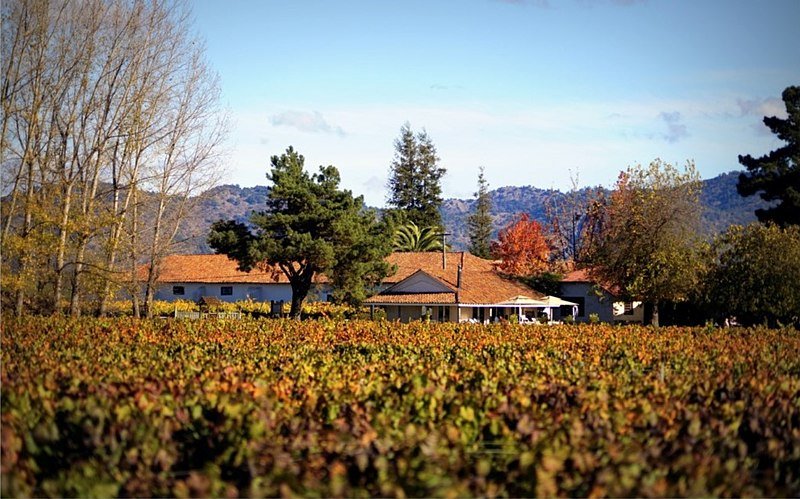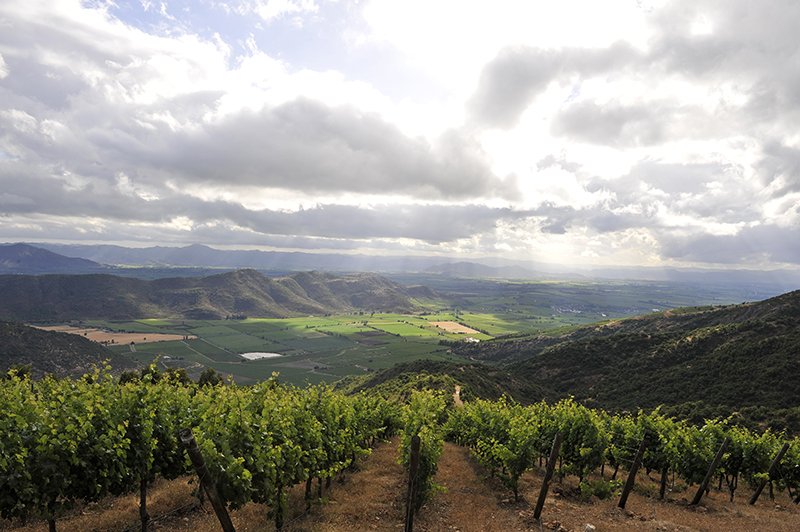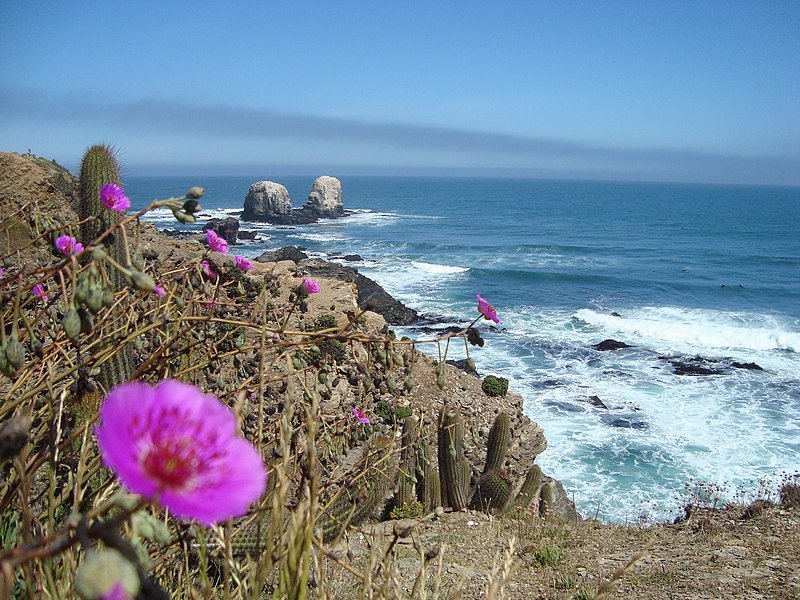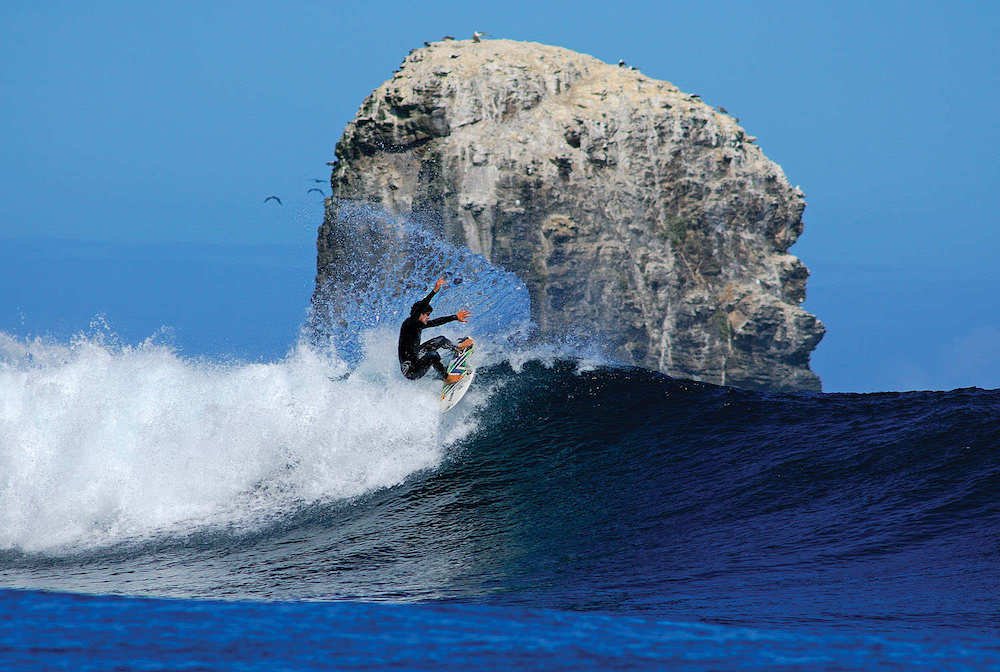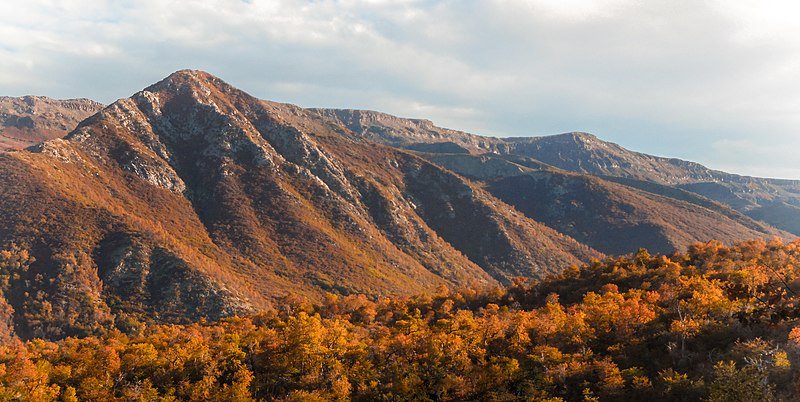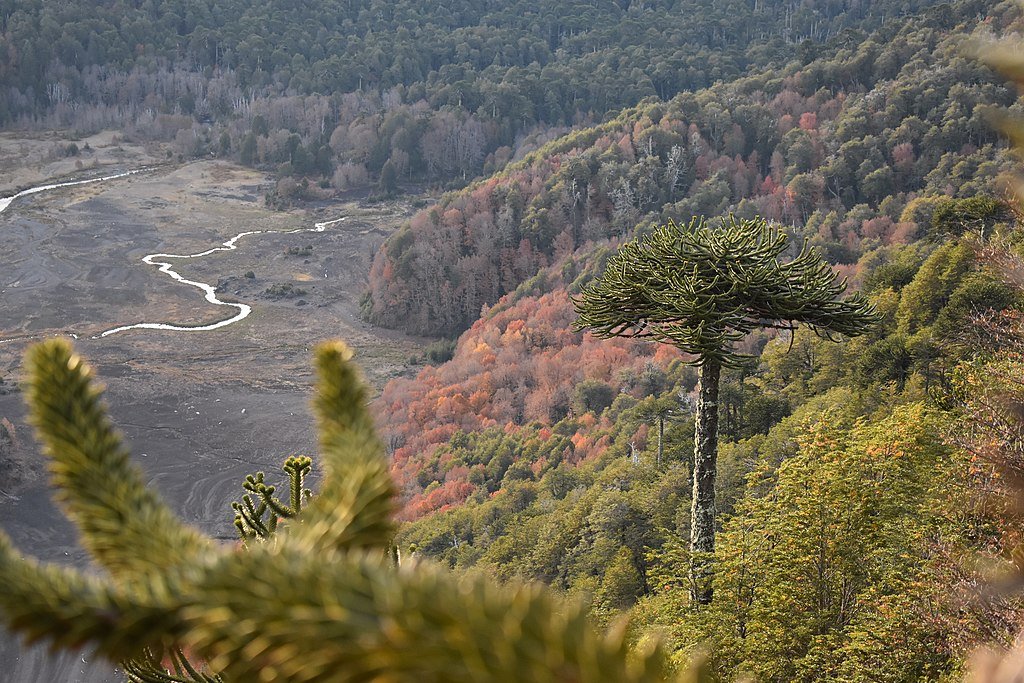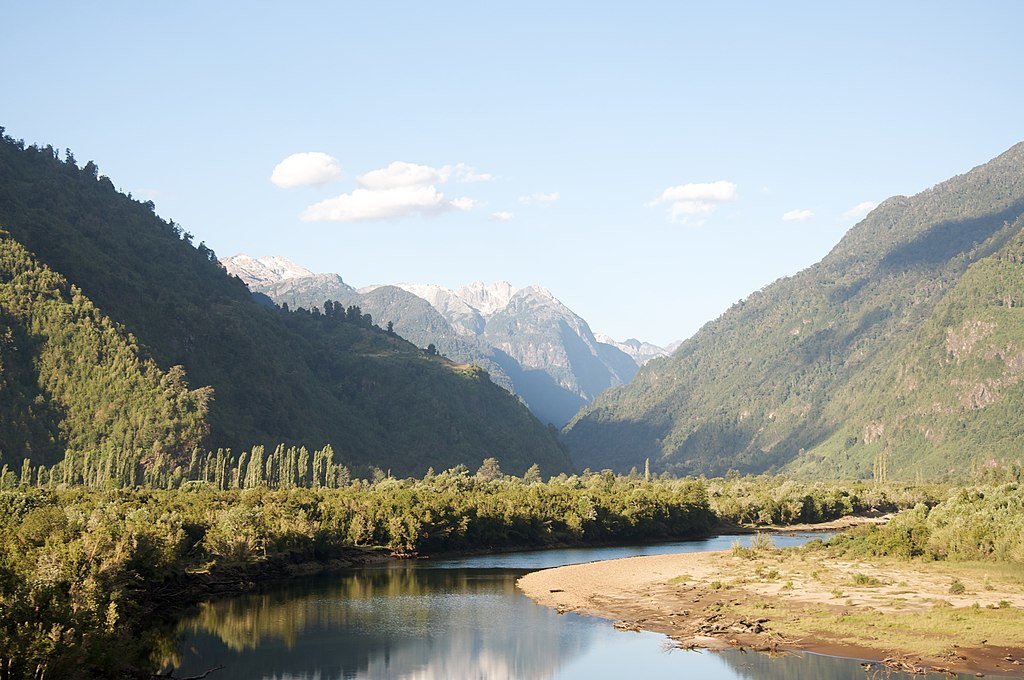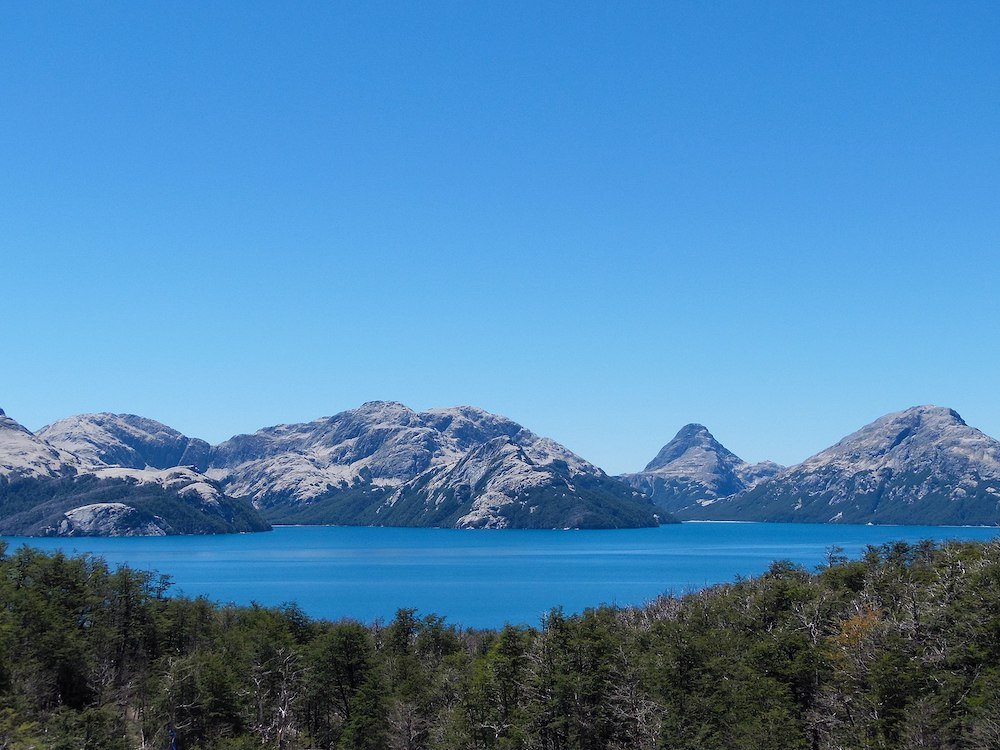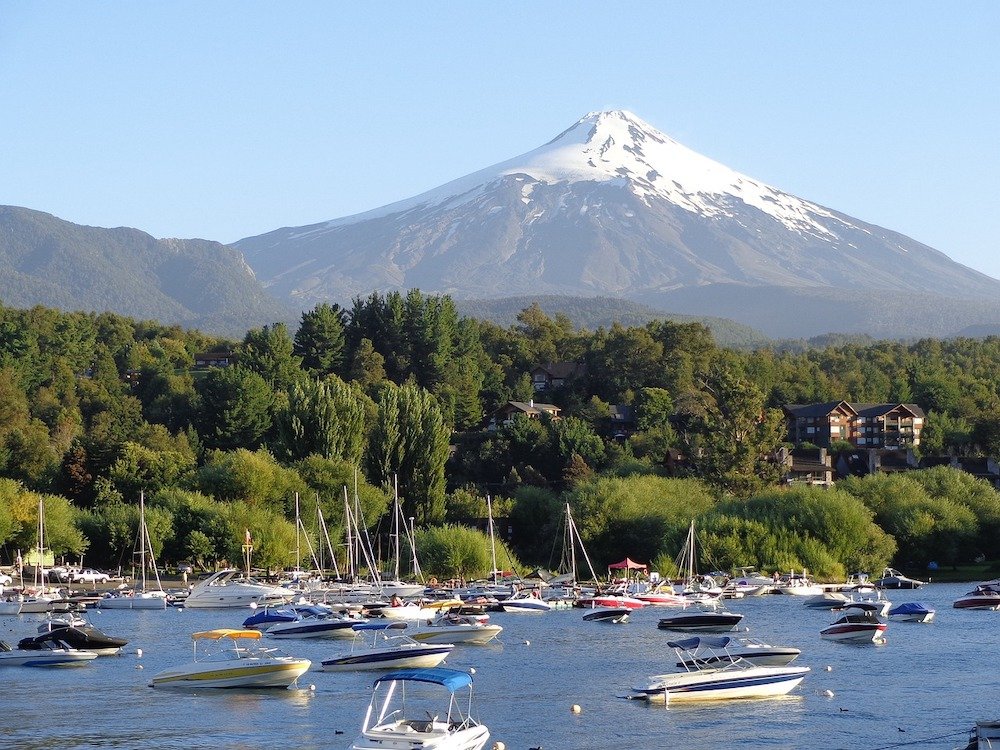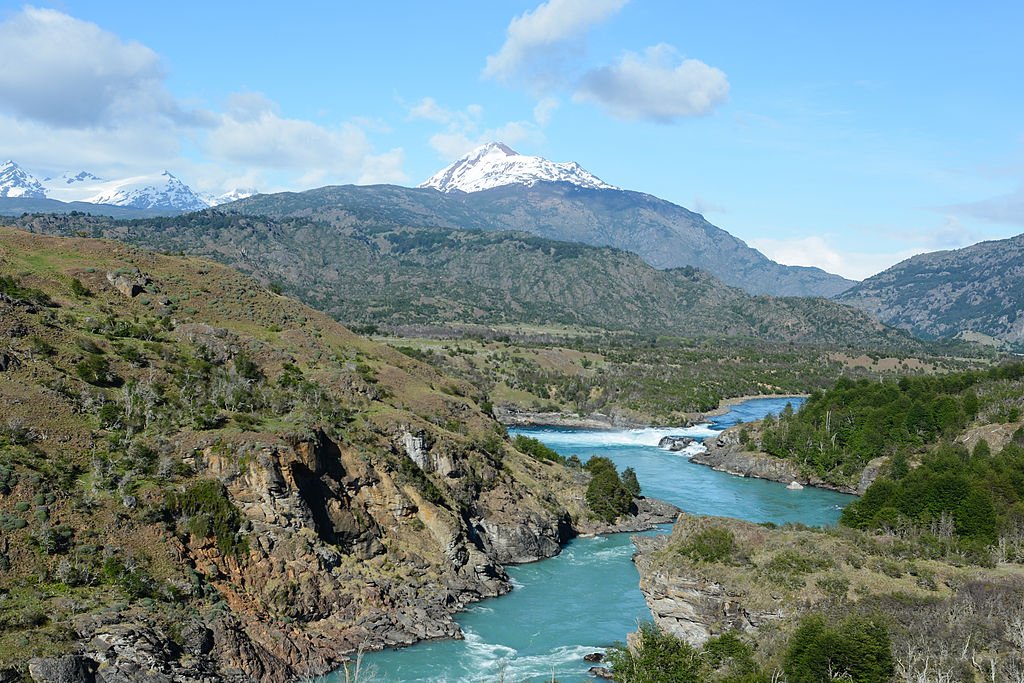20 Stunning Places to Visit in Chile
Guanacos grazing in Torres del Paine park
Chile, at 2,700 miles long and about 100 miles wide (on average), and nestled between the Pacific Ocean and Andes mountains, is a country of incredible geographic diversity. Here, you’ll find everything from the driest place on earth to temperate rainforests, pristine lakes, world-renowned wine country, gorgeous sandy beaches, towering mountains, and bustling cities and towns.
Simply put, there’s a lot to see and do in Chile! In this guide, we’ve tried to include a bit of all of the above, while mixing in some lesser-known local favorites with the traditional heavy hitters and highlights.
The destinations that we’ve covered here span the entire country, so unfortunately, you probably won’t be able to visit all of them in just one trip. This should get you started though, and for the ones you can’t fit into this visit, you’ll just have to come back!
More great Chile travel info:
If you could use some help planning your itinerary, schedule a Chile travel consultation with Carola, our Patagonia-based Local Expert!
Plan your itinerary with local help
If you could use some help planning your Chile trip, schedule a Chile travel consultation with one of our Local Experts!
These are one-hour Zoom calls where you’ll get to chat with a Chile-based travel pro about the trip you’re planning and they’ll share their tips and advice, answer your travel questions, and help you perfect your itinerary.
1. San Pedro de Atacama
Licancabur volcano rises in the distance outside of San Pedro de Atacama
Valle de la Luna (Moon Valley) just outside San Pedro
San Pedro de Atacama is one of Chile's most-visited destinations, and with good reason! Located in the Atacama Desert on a high plateau between the Chilean Coastal Range and the Andes Mountains, this is a stunning area with tons of outdoor activities.
With a small population of around 2,500 residents, the town remains bustling with travelers throughout the year, providing excellent accommodation, restaurants, and tons of tour operators.
In general, the best time to visit is between September and December when the weather is pleasant, and the crowds are more manageable. Keep in mind that San Pedro does experience some rainfall during the winter, particularly in January and February, so it’s best to avoid these two months if you can.
San Pedro sits at an altitude of around 2,400 meters (7,900 feet), so trust me when I say that acclimating slowly is key to fully enjoying your time here. Make sure to drink plenty of water and engage in activities that help your body adjust to the altitude.
My top recommendation is always to rent a bike and spend your first two days exploring the town on two wheels. Not only is biking a fantastic way to get around, but it also helps with acclimatization. Make sure to check out the breathtaking views of the Moon Valley and the soothing hot springs of Puritama. These are absolute must-visit spots!
Another of my favorite activities in this area is going for a dip in the Cejar Lagoon. The lagoon’s salt content is so high that you'll effortlessly float on its crystal-clear waters. It's an incredible experience.
Once you've soaked up the beauty of the nearby area, it's time to venture out to the Tatio Geysers and the charming town of Machuca. Both are situated at even higher altitudes, so I suggest waiting to visit them until after you’ve already been in San Pedro for at least tow days.
2. Putre and Lauca National Park
The Parinacota Volcano seen from within Lauca National Park
The Surire Salt Flats outside of Putre. Photo by Bachelot Pierre J-P, CC BY-SA 3.0, via Wikimedia Commons
If you're considering a trip to the far north of Chile, I'm excited to share some personal recommendations for exploring this incredible mountainous region that borders Peru and Bolivia.
You’ll probably first arrive in the coastal northern city of Arica, which is well-worth visiting, but we’ll skip for now. So, you’ll want to rent a pickup truck in Arica, and then embark inland on a scenic drive to the town of Putre.
Nestled in the heart of the Andean altiplano, at an elevation of 3,500 meters, and surrounded by majestic mountains and hot springs, Putre offers a unique experience. The town itself is nothing special, but with its adobe buildings, colonial church, and wonderful local culture, it provides a rather nice atmosphere.
I recommend visiting Putre and the surrounding area for at least a few days, and would suggest staying in the cozy cabins at La Chacana. The hosts are incredibly warm and friendly. Plus, right from the cabins you'll have easy access to nearby trails - perfect for some adventurous hikes.
Now, let's dive into the real adventure: dedicate a full day to exploring either Laguna Roja or Surire salt flats, two stunning natural wonders close to Putre. The vibrant colors and unique landscapes of these places are truly mesmerizing.
If you’re up for even more excitement, and some hard work, I totally recommend climbing Taapaca Volcano. It’s best to go with a local guide as the climb is seriously thrilling. The view from the top is mind-blowing!
The area known as “Suriplaza” is a wonderful hidden gem to check out when in this part of Chile. Surrounded by “a mountain of colors", this little-known place tucked away in the altiplano is truly amazing. You’ll probably want the help of a local guide to get you here, but once you find it, you’ll be blown away by the beauty.
Last, but certainly not least, you’ve got to discover the amazing Lauca National Park! There’s tons to do here, and it’s a nature-lovers paradise, but my top recommendations are as follows: first up is Chungará Lake, which is the highest lake in all of South America. The views there are outstanding.
Then, we've got the mighty Parinacota and Pomerape volcanoes. Prepare for some epics scenery and great photos. And I can’t forget to mention the Cotacotani lagoons, which are surrounded by towering mountains, and exude peaceful bliss.
3. Arica
The San Marcos Cathedral in Arica. Photo by Eduardo Banderas G., CC BY-SA 3.0, via Wikimedia Commons
First, let's start with Arica, also known as the "City of Eternal Spring", and our northernmost city, sitting 18 km from the border with Peru. In the city, the San Marcos Cathedral is a must-visit, with its impressive neo-Gothic architecture. There are other elegant colonial buildings to admire, and for something a bit unusual, you can visit the former nitrate processing plants, like Palacoio Astoreca.
If you’re interested in history, check out the Chinchorro mummies, which are the oldest human remains in the world.
And of course, a visit to ZOFRI, the tax-free mall, is a must. You'll find incredible deals on just about anything you're looking for.
If you have good weather when visiting, El Laucho and La Lisera are the city’s two best beaches. You can relax, soak up the sun, and enjoy the coastal views.
4. Iquique
The “Cerro Dragon” dune in Iquique. Photo by A mazaira, CC BY-SA 3.0, via Wikimedia Commons
Now, let's head to Iquique, my personal coastal paradise! Trust me, you will fall in love with Playa Cavancha - it’s a great beach with white sand, incredibly inviting water, and a busy boardwalk with lots to see and do.
If you're up for an adrenaline rush, you can try out sand boarding, take a thrilling dune buggy ride on Cerro Dragon (the huge, 4km long sand dune behind the city) , or for something truly unforgettable, go paragliding over the city.
5. Antofagasta
La Portada National Monument in Antofagasta. Photo by G.vera, CC BY-SA 3.0, via Wikimedia Commons
Finally, there's Antofagasta. This bustling port city has a unique blend of modernity and coastal beauty. You can't miss the stunning La Portada Natural Monument, a coastal rock formation that is protected as a Chilean Natural Monument. And the Huanchaca Ruins, a former silver smelting plant turned cultural center, offers a fascinating glimpse into the city's history.
We’re still on the coast here, of course, so the beaches like Balneario Municipal and Playa Hornitos are also perfect for relaxing and enjoying the ocean breeze.
6. Pica
Now, if you're staying in the north of Chile for for a slightly extended period, I have a special recommendation for you: the town of Pica. This charming oasis town in the middle of the desert is simply enchanting. I suggest taking a tour with a local agency, who will give you a deeper understanding of the town’s fascinating history and how it came into existence.
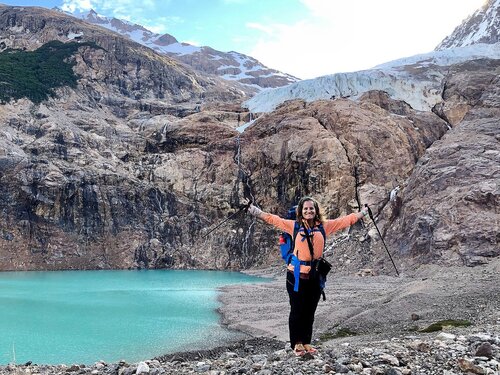
Connect with a Chile travel expert for help perfecting your itinerary, answers to all your travel questions, and fabulous local tips for a better visit!
7. Chañaral de Aceituno and Punta de Choros
Punta de Choros and Chañaral de Aceituno are unmissable destinations when in the Coquimbo region. With a huge wealth of unique biodiversity and as a global hotspot for whale and dolphin watching, there’s a lot to see and do there.
Punta de Choros
The beach in Punta de Choros. Photo by mariela morales, CC BY 2.0, via Wikimedia Commons
Punta de Choros is famous for being close to the Humboldt Penguin National Reserve, where you’ll encounter an adorable community of Humboldt penguins.
To make the most of your visit, I recommend taking a boat tour to the area’s nearby islands, which will give you a chance to get up close and personal with a fascinating variety of marine creatures, including dolphins, sea lions, and a diverse array of birds.
After your adventure, treat yourself to a delicious meal at Restaurant Señora Mary. It's a local spot with excellent food.
Chañaral de Aceituno
Humboldt Penguins in the Humboldt Penguin National Reserve. Photo by Natalia Reyes Escobar, CC BY-SA 4.0, via Wikimedia Commons
Now, let's talk about Chañaral de Aceituno. Globally recognized as a top-notch destination for whale and dolphin watching, this is a sanctuary for marine life, and you'll be amazed by the abundant biodiversity. If you’re into scuba diving, this is a great place to do it. Book a tour to the nearby Chañaral Island with either ExploraSub or Yunco Expediciones, two local tour operators who know the area incredibly well.
For those who love hiking and adventure, I’d suggest reaching out to a local guide named Benja, from Copuna Adventures. Benja is a super knowledgeable local guide who will show you some of the area’s hidden treasures.
8. Huasco
The “Faro Monumental” lighthouse in Huasco. Photo by Yastay, CC BY-SA 4.0, via Wikimedia Commons
Hacienda Atacma in the Huasco Valley. Photo by valledelhuasco, CC BY-SA 3.0, via Wikimedia Commons
Huasco, located in Chile's Atacama Region, is a lovely coastal town squished between the Andes Mountains and the Pacific Ocean. This transversal valley stretches all the way to the Pacific, offering fabulous views and a unique geography. However, what truly sets Huasco apart is its remarkable olive production, which, in my opinion, yields the most exquisite olives in the world.
Despite its incredible beauty, Huasco remains relatively undiscovered by tourists, making it a hidden spot for those seeking an authentic experience on Chile's northern coast. Due to its limited tourist infrastructure (not a lot of people come here), it’s always advisable to book accommodations well in advance to secure your stay.
Two places that I highly recommend visiting when here are the charming towns of Totoral and Carrizal. In Totoral, explore the Church of San Francisco and the Totoral Reservoir. The reservoir is a picturesque man-made lake perfect for picnics and birdwatching.
Immerse yourself in the rich cultural heritage of the region by discovering the ancient Totoral petroglyphs, which are fascinating rock carvings created by local indigenous groups.
And don't forget to take a leisurely stroll along the scenic banks of the Huasco River.
In Carrizal, you can satisfy your taste buds with delicious local seafood. Indulge in traditional dishes like Mariscal, ceviche, or Cazuela, which will give you a true taste of the coastal flavors of the region.
You can also visit the Capote Mine, which is known for its significant role in the region's mining industry. A guided tour will offer insight into the mine’s former operations, history, and the lives of the miners who worked there. The mine’s museum has a cool display of equipment, artifacts, and valuable information about the mining process, tools used, and its impact on the local community.
While here, take a moment to appreciate the breathtaking scenic views that surround the area. The contrasting landscape of mining infrastructure backed by rugged mountains and the natural beauty of the Atacama Region is quite impressive.
9. Llanos de Challe National Park
The gorgeous Llanos de Challe National Park. Photo by valledelhuasco, CC BY-SA 3.0, via Wikimedia Commons
A beach in Llanos del Challe National Park. Photo by Natalia Reyes Escobar, CC BY-SA 4.0, via Wikimedia Commons
The magnificent Llanos de Challe National Park, is undoubtedly one of the most breathtaking destinations to visit in Chile. This extraordinary and protected desert ecosystem is like nothing you’ve ever seen before. In Llanos de Challe, you'll find yourself surrounded by sand dunes, coastal cliffs, and enchanting hilly scrublands.
Thanks to the park’s diverse geography, it provides an excellent habitat for a remarkable variety of plant and animal species, which you wouldn’t necessarily expect for a desert.
If you visit between September and October, especially after a rainy winter, you're in for a treat! That's when you can witness the incredible phenomenon of the flowering desert. It's truly a sight to behold as the once dry and barren landscape transforms into a vibrant carpet of colorful flowers.
I highly recommend allocating a minimum of 3 days to explore the park. Opening hours are from 9:00 AM to 6:00 PM from Monday to Sunday. If you have camping gear, the stunning Playa Blanca beach is always a popular place to pitch a tent and use as your base for visiting the park.
It’s always best to reserve in advance, so send an email to campingllanosdechalleoficial@gmail.com or reach out via WhatsApp at +56994796503.
For guided tours of the park, I suggest contacting local guide Oven, who you can find through his Instagram page.
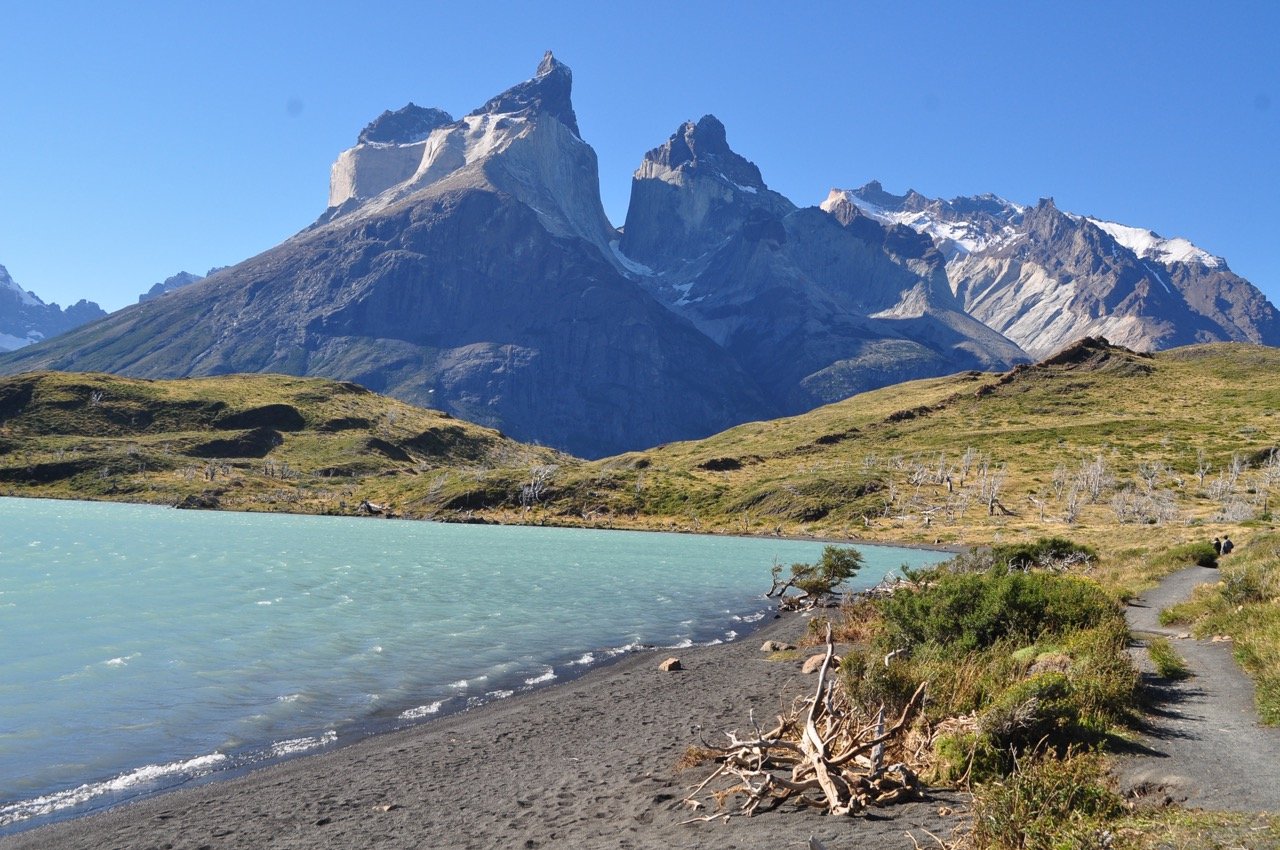
10. Elqui Valley
Pisco being grown in the Elqui Valley. Photo by Fer Quintana, CC BY-SA 2.0, via Wikimedia Commons
The Rio Verde running through the valley. Photo by Rosario Nieto Chadwick, CC BY 3.0, via Wikimedia Commons
The Elqui Valley, in the north of the Coquimbo region, stretches from La Serena to the town of Vicuña, with other delightful towns and sights dotted all along the Elqui River in between them.
One of the valley’s standout features is the incredible stargazing that it affords visitors: thanks to its incredibly clear skies, famous observatories like Mamalluca and Cerro Tololo offer night skies like you’ve never seen them before.
During your visit, I highly recommend exploring the renowned Pisco Route, which is famous for its production of pisco, a traditional Chilean drink. This is a unique opportunity to enjoy tastings at excellent distilleries and vineyards while gaining insights into the pisco-making process.
There are several tour agencies and pisqueras (pisco producers) that you can visit, but for a more authentic and less touristy experience, I recommend checking out Fundo Los Nichos. They provide guided tours that take you through every step of the artisanal pisco production process, and you will of course have the chance to purchase bottles of their exquisite pisco.
Other noteworthy pisco tours include the Pisco Mistral distillery and Doña Josefa de Elqui pisquera.
And in case pisco isn’t your thing, you can also go for a wine tour at Cavas del Vino. Explore the vineyards, learn about the wine production process, and enjoy some tastings of their exceptional wines.
The valley also has a mystical side, making it a fascinating destination for those seeking esoteric experiences. Places like the village of Montegrande, where the famous poet Gabriela Mistral was born, offer a glimpse into the region's esoteric culture and traditions.
If you're in the mood for a hike, I highly recommend trekking up to Cepo Lagoon (just be aware that the trail is only open during the summer season).
11. Valparaíso and Viña del Mar
Valparaíso
Colorful hillside houses in Valparaiso. Photo by Alex Proimos, CC BY 2.0, via Wikimedia Commons
The coastal city of Valparaíso, known as Chile’s Pacific gem, is a captivating harbor city built amongst the hills. It’s famous for its colorful houses that flow down its streets and hills, as well as its bohemian atmosphere and vibrant art scene.
In Valparaíso, start by visiting the architecturally magnificent Palacio Vergara, followed by the Palacio Rioja, another beautiful building that also features a lovely park with games for kids. It’s a great spot for families. Continue on to Castillo Wulff, a seaside castle the offers panoramic views of the city and the ocean.
For more great views, head to Cerro Artilleria and Cerro Playa Ancha, or take a stroll along Paseo 21 de Mayo, and look out over Valparaiso's colorful hills, bustling port, and the vast Pacific Ocean.
And if you're interested in natural history, don't miss the Museo de Historia Natural, where you can learn about the region's flora, fauna, and geology.
Viña del Mar
A busy city beach in seaside Viña del Mar
Right next door to Valparaíso is the lovely resort city of Viña del Mar. Known as the Garden City, it’s filled with greenery and has great beaches and a lively nightlife. For surfers (or to watch the surfers!), head to La Boca beach in Concón. Afterwards, make your way to the main street in La Boca for an empanada, ceviche, or a local seafood plate.
If you want to get away from bigger cities, there are tons of beaches throughout this area, as well as smaller towns, such as Maitencillo, Cachagua, Zapallar, and Papudo. I really enjoy the atmosphere in these towns, and if you’re interested in staying in one of them, I’d recommend a couple of days in Maitencillo or Zapallar.
For an exhilarating experience, Maitencillo offers great paragliding, but the main draw here are the beaches. For me, Playa Aguas Blancas is always number one, due to its tranquil atmosphere, lack of crowds, and ample space which provides the perfect setting for swimming and sunbathing.
12. Valle Colchagua
One of many vineyards in the Colchagua Valley. Photo by Sergio Olivier, CC BY-SA 2.0, via Wikimedia Commons
A hilltop winery in the Colchagua Valley. Photo by Dvparra, CC BY-SA 4.0, via Wikimedia Commons
Chile has established itself as a leading wine-producing country thanks to its geography and advantageous climate for grape cultivation, and Chilean wines are now renowned globally for their exceptional quality and diversity.
The picturesque Colchagua Valley, located 130 kilometers south of Santiago in the O'Higgins region, stands out as one of the most enchanting places to explore our vineyards and savor the exceptional wines produced here. Santa Cruz, which is the main town in this valley, offers colonial architecture, good museums, and lively festivals celebrating wine culture.
When here, I highly recommend taking winery tours at Viña Santa Cruz and Viña Neyen, which are both great producers. Another excellent option is Viña Viu Manent, where you can enjoy a carriage ride through the vineyards, adding a little touch of elegance and romance to your wine tour.
After all that wine, if you want to burn some calories, there’s great hiking to be had in the beautiful Apalta Nature Reserve.
When planning a visit to the Colchagua valley, it’s important to consider what time of year you’ll be here, as the things to see and do will depend heavily on the season.
The period from March to April is particularly popular, as it coincides with the grape harvesting season. If you can’t come during the harvest, autumn, spanning March to May, showcases the vineyards' beautiful golden and reddish hues, creating some gorgeous scenery.
Summer, from December to February, boasts warm and dry weather, perfect for outdoor activities such as biking through the vineyards or enjoying picnics in lovely surroundings.
Winter has far fewer tourists than any other time of year, and it can be a nice time hunker down and enjoy a serene and peaceful visit in nature.
13. Santiago
A view of Santiago’s eastern districts and the foothills of the Andes mountains
No matter where you're coming from, your journey to Chile will likely begin in Santiago, our bustling capital city. Start your adventure in the historic downtown area at Plaza de Armas, the vibrant heart of the city. Take a stroll along Paseo Ahumada, a pedestrian street filled with shops, cafes, and restaurants. Then head on to the magnificent Metropolitan Cathedral, followed by the iconic La Moneda Palace.
I highly recommend checking out the bohemian neighborhood of Bellavista, a vibrant hub of art galleries, theaters, lively bars, and great restaurants. Make sure to visit Casa Museo La Chascona, the former residence of the renowned poet Pablo Neruda.
For an extra dose of culture, the Museum of Contemporary Art (MAC) and the Gabriela Mistral Cultural Center (GAM) are must-visit destinations, offering exciting exhibitions and cultural events.
If you want a great view, a trip to Cerro San Cristóbal is always a good idea. You can reach the summit by funicular, cable car, or bike. However you reach the summer, you’ll have outstanding views of Santiago and the surrounding Andes.
If you get thirsty on your wanderings, be sure to try "mote con huesillo," a refreshing traditional Chilean drink. Santiago is very much a foodie city, so you should absolutely take advantage of that.
Some dishes to try here are the classic "completo," the mouthwatering "churrasco italiano," the flavorful "pastel de choclo," and of course, the iconic "pisco sour" - a true symbol of Chile.
14. Pichilemu, Matanzas, and Puertecillo
Punta de Lobos in the town of Pichilemu. Photo by virso, CC BY-SA 3.0, via Wikimedia Commons
A surfer at Punta de Lobos. Photo by Gobierno de Chile, CC BY 3.0 CL, via Wikimedia Commons
Pichilemu
Pichilemu is renowned for Punta de Lobos, a legendary surfers' paradise. Experienced surfers especially love this spot, but it’s great for casual beachgoers too. Not far from Pichilemu is Laguna Cahuil, a fantastic spot for kayaking or stand-up paddling.
As you explore the area, make sure to visit "Restaurant El Buzo" for delicious local cuisine or "Restaurant El Pulpo" for excellent pizzas.
Another great option is a visit to the Cahuil salt flats or Cahuil saltworks, where salt is extracted from seawater through the natural process of evaporation. These salt flats are a result of the combination of a lagoon, coastal geography, and favorable weather conditions. Cahuil's salt is highly regarded for its exceptional quality and unique flavor, and is prized by chefs.
Matanzas
Matanzas is a paradise for water sports enthusiasts, offering ideal conditions for windsurfing, kitesurfing, and stand-up paddleboarding. The beaches are gorgeous, so are great for just hanging out and relaxing as well.
If you're up for some hiking, a climb up Cerro La Cruz, where you can enjoy panoramic vistas of the bay, is highly recommended. For a unique way to explore the area, consider booking a horseback riding experience. There’s a local guide named Beto who offers really nice tours. He can be reached by Whatsapp at +56 9 9642 8140.
When it's time to satisfy your hunger, I highly recommend checking out one of the following restaurants: Marola, La Lobera, or Surazo.
Puertecillo
Puertecillo, our last of the three towns, invites you to unwind on its pristine sandy beaches and enjoy its untouched natural beauty. The tranquil cliffs and rocky shores create a serene environment for birdwatching, with pelicans, seagulls, and cormorants gracefully navigating their habitat.
Surfing is a popular activity here, again catering to all skill levels.
15. Parque Nacional Altos de Lircay
Altos de Lircay National Park in the fall. Photo by Natalia Reyes Escobar, CC BY-SA 4.0, via Wikimedia Commons
Laguna el Alto in Altos del Lircay National Park. Photo by Josepanguep4, CC BY-SA 4.0, via Wikimedia Commons
Altos de Lircay National Park, nestled in Chile's Maule Region, is an incredible place to visit. The little town of Vilches, the closest town to the park, is the gateway for visitors, and it offers good accommodation options, some restaurants, and basic services for those exploring the park.
If you’re planning to camp, Altos de Lircay offers excellent camping facilities, many of them with bathrooms and running water. You’ll have an almost endless number of hikes to choose from, but two of my personal favorites are Laguna del Alto and El Enladrillado.
The trail to Laguna el Alto is 20 kilometers and typically takes around 8 hours to complete. Along the way, you'll be immersed in native forests with magnificent oak, coigüe, and ñirre trees. As you progress, you'll also be treated to inspiring vistas of the remarkable high Andean steppe.
From here, you can hike up to Cerro Peine, the highest peak in the reserve at an altitude of 2400 meters above sea level. It’s possible to camp in this area, and I would recommend doing so, as it will enable you to access the trails early in the morning. Just be sure to bring appropriate equipment, as temperatures tend to be colder at higher altitudes.
16. Conguillio National Park
Conguillo Lake with Llaima volcano behind it. Photo by Mariomxel, CC BY-SA 4.0, via Wikimedia Commons
One of the Park’s iconic Monkey Puzzle trees overlooking the valley below. Photo by Delahimalaya-alosandes, CC BY-SA 4.0, via Wikimedia Commons
Conguillío National Park sits in the La Araucanía region, 148 km northeast of Temuco. The beauty of the park lies in its lakes and lagoons, the Llaima volcano, and its native vegetation, including araucaria trees, ñirre trees, coihue trees, lenga trees, palos santos, raulí trees, among others.
This national park is one of the last refuges in the world preserving the landscapes where dinosaurs once lived. Part of the documentary "Walking with Dinosaurs" was filmed in this location, specifically the episode focused on the Upper Cretaceous period: "Death of a Dynasty."
The park is vast and offers tons of hiking opportunities. I highly recommend visiting Laguna Arco Iris, Araucaria Madre, Lago Conguillio, Sendero Ensenada, Laguna Verde, and Sendero Cañadon del Truful. These are not to be missed.
Spending a couple of nights here is well worth it if you want to really experience the best of the park. Camping is easy, with six campsites split between the two sectors of the park, and the campsites are well-equipped.
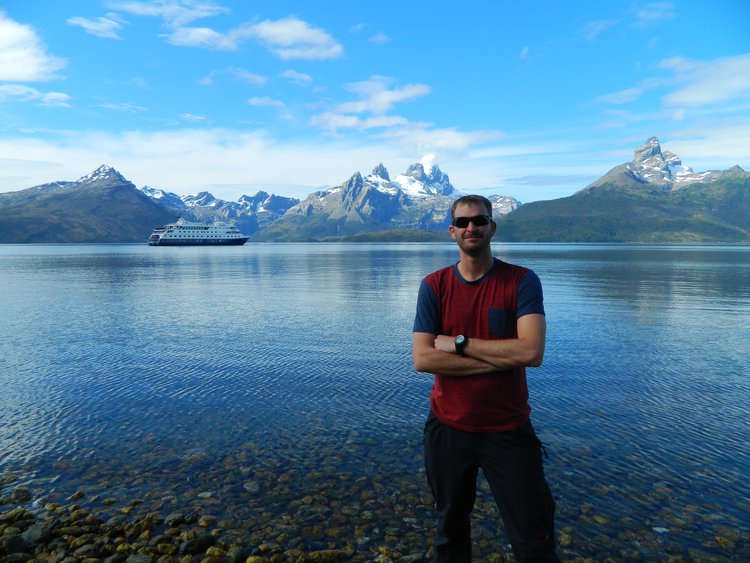
Our local experts have answers!
Connect with our Chile-based travel experts for the best local advice and expert help planning a better trip!
17. The Lake District
Fairly far south, between the cities of Temuco and Puerto Montt, is the region that we call the Lake District. It has an area of approximately 48,584 square kilometers, so you can imagine how many beautiful places you can visit here.
There are towering mountains, dense forests, picturesque parks, flowing rivers, and gorgeous lakes all waiting to be discovered. While you can’t go wrong no matter where you go, I highly recommend visiting Lake Llanquihue, Lake Villarrica, and Lake Todos los Santos - each one is simply stunning.
Other can’t-miss destinations in the Lakes District are Cochamó Valley, Vicente Perez Rosales National Park, Puyehue National Park, Huerquehue National Park, and the cities of Frutillar, Pucon and Villarrica, Valdivia and Puerto Varas.
Cochamó Valley
The Cochamó River making its way through the valley. Photo by Sam Beebe/Ecotrust, CC BY-SA 3.0, via Wikimedia Commons
The Cochamó Valley is an amazing place for climbers, hikers, and anyone who enjoys and appreciates the outdoors. From the town of Cochamó, I love doing the trek to the La Junta sector, which is like the base camp of the Cochamó Valley. This trek is of medium difficulty and takes approximately 6 hours. Alternatively, you can choose to do it on horseback or hire mules to carry your gear.
Vicente Pérez Rosales National Park
In the heart of the Lake District is the extremely beautiful Vicente Pérez Rosales National Park. Here, pay a visit to Lake Todos los Santos and the Petrohué Waterfalls. Trek up the Osorno Volcano or head to Lake Llanquihue for fishing, water sports, or boating.
Parque Nacional Puyehue
If you’re traveling as a family and are looking for shorter hikes that are (somewhat counterintuitively) less crowded, the Parque Nacional Puyehue is a perfect destination for a week-long trip, or even just a few days.
Lago Constancia in Puyehue National Park. Photo by Natalia Reyes Escobar, CC BY-SA 4.0, via Wikimedia Commons
Huerquehue National Park
Located around 20 kilometers from Pucon, the Huerquehue National Park is a fantastic choice for hikers. Among the many available trails, I highly recommend the "Sendero de Los Lagos" (Trail of the Lakes), which meanders through three stunning lakes and lagoons within the park. It’s approximately 12 kilometers, so isn’t crazy long, but if you want to extend the hike, there’s also a longer variant that extends to five additional lakes.
Frutillar
Frutillar is a town located on the shores of Lake Llanquihue (the largest lake in Chile), with a Germanic origin and significant musical and cultural significance. Of course, sitting on the edge of the country’s biggest lake, the scenery is also spectacular and there are plenty of outdoor activities to choose from.
Pucon and Villarrica
Lake Villarica with the Villarica Volcano in the background. Photo by Martín Solar from Pixabay
Pucon and Villarrica are neighboring towns that have become one of the mecca’s of outdoor activities in Chile, and they are undoubtedly the main attractions of the Lake District.
For a bit of easy excitement, you can go rafting on the Trancura River. For something more arduous, but also more rewarding, climbing the Villarrica Volcano, is an amazing experience and you can witness live volcanic activity from the summit.
There are many agencies that offer tours in the area, but I recommend Rutas Outdoors at https://www.rutasoutdoors.cl/. Regardless of which guide or agency you choose, make sure they are certified and accredited by the Municipality of Pucon.
Now, after a long ride on the river, a grueling mountain climb, or some long hikes, what could be better than a relaxing dip in the hot springs? Thanks to the area’s volcanic activity, you’ll also find hot springs here. I personally love the Termas Geometricas, but there are a few to choose from.
18. Chiloe
The coast of Chiloe island
Palafito Houses in Chiloe. Photo by Cplandco, CC BY-SA 4.0, via Wikimedia Commons
Chiloé island in southern Chile, is a truly incredible destination, known both for its rich cultural heritage and stunning natural beauty. The island's unique architecture, with its colorful wooden churches and palafitos (stilt houses), reflects its distinct cultural identity and traditional craftsmanship.
To reach Chiloé, you need to take a ferry from Puerto Montt, specifically from the Tepuhueico Ferry Terminal, also known as the Chacao Terminal. This terminal is situated in the city of Pargua, approximately 40 kilometers north of Puerto Montt.
The main towns in Chiloé are Castro and Ancud. In Castro, you can cehck out the iconic Palafitos along the waterfront and visit the colorful Church of San Francisco, a UNESCO World Heritage site. In Ancud, you should explore the historical Fort San Antonio and associated museum which will tell you about the area’s colonial history.
And for anyone interested in Penguiins (that’s everyone, isn’t it?!), there are also boat tours to the Puñihuil Penguin Colony where you can see the Magellanic penguins.
An extremely important aspect of Chiloé that truly defines it is the local cuisine, which is quite different from what you’ll find elsewhere in Chile.. The island boasts a wide array of traditional dishes, including curanto, milcao, and pulmay. For an authentic and affordable culinary experience, be sure to visit the local "cocinerías" found in nearly every town.
Honestly, I could write a complete article just about Chiloé, but this isn’t the place for that, so here are the five places that I consider must-visit/see when on the island: Mar Brava Beach and Punta Ahui, Piñihuil Penguin Colony, Chepu Wetlands, Muelle de las Almas, and the palafitos of Chiloé.
19. The Carretera Austral
A stretch of the Carretera Austral
Stunning scenery along the Carretera Austral. Photo by M M from Switzerland, CC BY-SA 2.0, via Wikimedia Commons
The Carretera Austral, also known as the Southern Highway, is not actually a place but rather a road/route in Chile that winds through some of the country's most stunning landscapes. While it's difficult to pinpoint a single "best" aspect of the Carretera Austral, there are several highlights that make it one of the world’s most remarkable journies.
First, the natural scenery along the Carretera Austral is legitimately breathtaking. From lush forests and snow-capped mountains to crystal-clear rivers and majestic glaciers, you will be absolutely overwhelmed by the natural beauty at almost every turn. Driving this route is one of the great ways to witness the pristine beauty of the Patagonian region.
With such fantastic scenery comes great opportunities for outdoor adventure, of course. So, everywhere along the route offers fantastic opportunities for hikers, trekkers, and nature enthusiasts.
Traveling along the Carretera Austral is also a way to experience the warm hospitality and culture of the people who inhabit this extremely remote part of Chile. Along your journey, be sure to stop in some of the small towns that you pass and soak in the unique atmosphere.
A few of my favorite places to visit along the route include Quelat National Park, Cerro Castillo, Valle Exploradores and the mystical Caleta Tortel.
Check out our 10-day Carretera Austral itinerary for more info.
20. Puerto Natales and Torres del Paine
The famous peaks in Torres del Paine National Park
Glacier Grey in Torres del Paine. Photo by Prandium01, CC BY-SA 3.0, via Wikimedia Commons
Puerto Natales and Torres del Paine are amazing destinations in Chilean Patagonia, each with their own unique experiences.
Torres del Paine
Torres del Paine National Park with its towering granite peaks, shimmering lakes, glaciers, and vast open plains, is a nature-lovers paradise. Hiking the Park’s famous W Trek or the more challenging O Circuit will allow you to explore diverse ecosystems, witness stunning viewpoints like the iconic Torres del Paine towers, and encounter incredible wildlife such as guanacos, condors, and foxes.
Located within the national park, Glacier Grey is a splendid ice formation. You can get up close to its massive blue ice walls through boat tours or glacier hikes, which provide unforgettable experiences and great photo opportunities.
Puerto Natales
The town of Puerto Natales serves as the gateway to Torres del Paine, and it offers a rather charming atmosphere. Sitting on the shores of Last Hope Sound, the town is blessed with truly stunning views. When in town, you can enjoy excellent fresh seafood in local restaurants, explore museums, and browse craft markets.
Near Puerto Natales, the Milodón Cave Natural Monument is also well-worth checking out, as pre-historic animal remains have been found here. Exploring the cave offers some insight into the region's geological and paleontological significance.



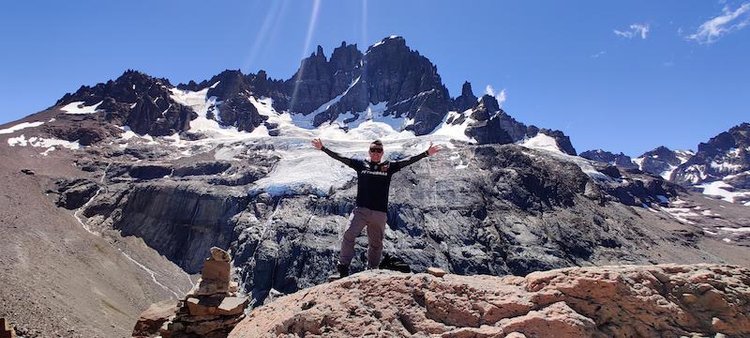
Chat with a Chile expert





